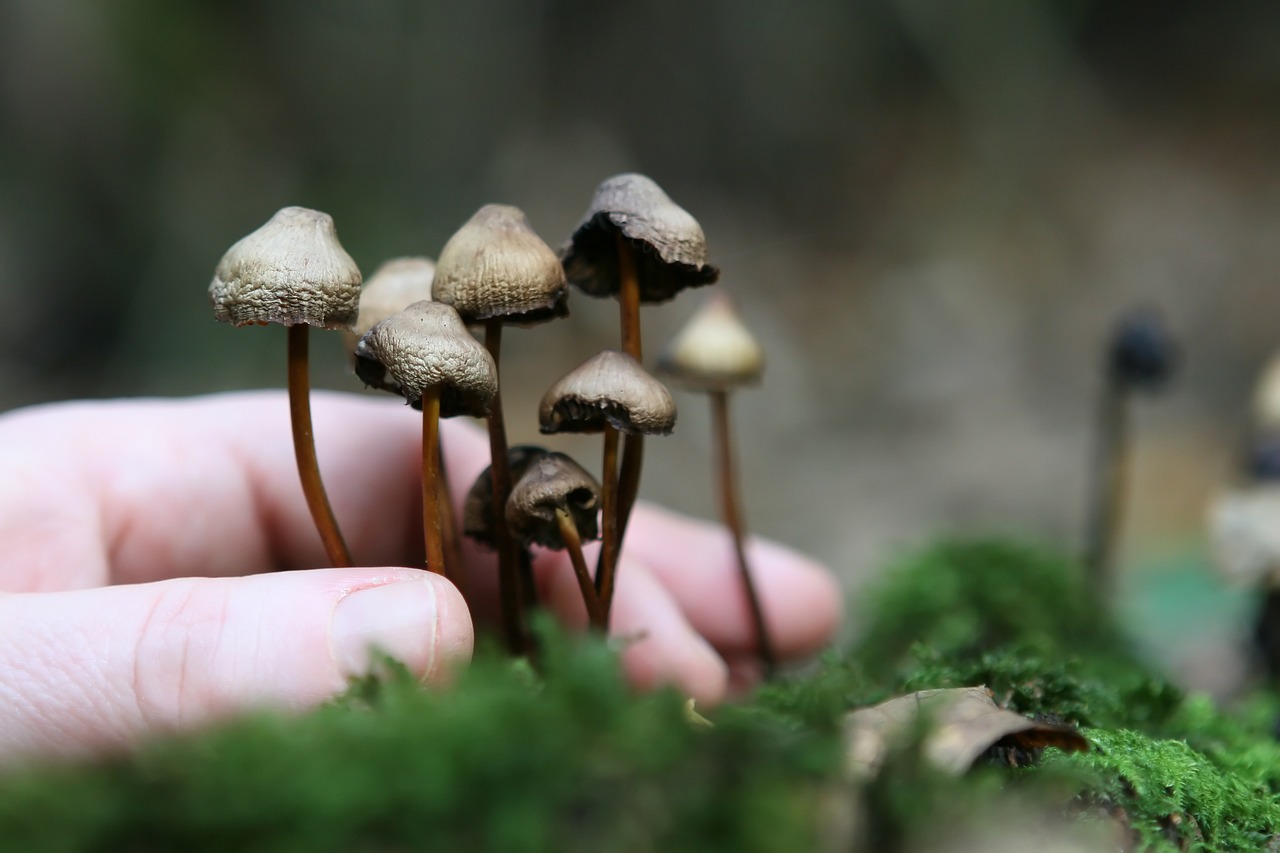Demystifying Mycelium
Mycelium, the root structure of fungi, acts as the digestive system for mushrooms. It hunts for nutrients, transforms them into a digestible form for the fungus, and consequently nourishes the fungus. The residual matter from this process enriches the neighboring soil, delivering vital nutrients to other plants and generating a rich biomass ideal for gardening mulch.
Beyond facilitating mushroom growth, mycelium networks play a crucial role in the health and expansion of numerous terrestrial plants, such as trees. For example, tree roots form a symbiotic relationship with fungi: the tree provides sugars in the form of carbon to the fungus, and reciprocally, the fungus gives essential minerals like nitrogen and phosphorus to the tree. For more details on this symbiosis, click here.
Fascinatingly, mycelium networks operate as an underground signaling system among plants, mirroring neural networks in the human brain. Recent studies suggest that plants and trees might have primitive nervous systems that fungi could potentially manipulate, impacting functions such as communication, memory, and learning. Mycelium also promotes soil health by breaking down decaying organic matter and neutralizing any present pollutants.
If cultivating magic mushrooms piques your interest, grasping the growth of mycelium is key. While the cultivation process might be daunting for novices, learning about mycelium serves as a vital initial step. Even though you can always buy mushrooms from Sero Canada online, knowledge about mycelium can enrich your cultivation journey.
The Development Cycle of Mycelium
When a conducive environment triggers fungal spores, they start developing two mycelium types. The primary or monokaryotic mycelium, the first type, has a single nucleus in each cell and is usually invisible to the unaided eye. The secondary or dikaryotic mycelium, the second type, is visible and contains two nuclei within each cell.
When the fungal spores germinate, they initiate the formation of the primary mycelium, also known as the monokaryotic mycelium. This monokaryotic mycelium, upon encountering another compatible monokaryotic mycelium, merges to form the dikaryotic mycelium, the secondary stage. It is the dikaryotic mycelium which has the ability to produce mushrooms or sclerotia.
Mycelia Categories
There are three different types of mycelia, two of which are indicators of successful cultivation.
- Rhizomorphic mycelia extend similar to strings. They are identifiable easily and composed of hyphae, like all mycelia. Rhizomorphs are the network of grouped hyphae. Rhizomorphic mycelia first spread out and then send chemical signals back to the colony, indicating that the area ahead is suitable for nutrient provision. The remaining mycelia then follow these signals. The tip of the rhizomorphic mycelia has hyphae that release peroxidase, a substance that breaks down the material in front of it for food. The hyphae then spread over the material, distributing the nutrients across the colony. Many cultivators prefer rhizomorphic mycelia as they have a higher probability of producing mushrooms when sprouting from the substrate.
- Tomentose, or “Fluffy” mycelia, have many similarities to Rhizomorphic mycelia. However, the arrangement of the fluffy mycelia strands is distinct. Though not immediately noticeable, these strands do exist and their cotton-ball-like appearance indicates that the strands are clustered together. The type of traits your mycelia develop, tomentose or rhizomorphic, largely depends on the growing environment. There is an ongoing debate among cultivators regarding the effect of mycelia type on the growth rate or harvest abundance.
- Aerial mycelia appear when the growing conditions are not optimal. Under such conditions, the mycelia tend to grow outward instead of spreading across the medium or forming a ball. Often mistaken for bacterial infection, these types of mycelia can obstruct your mushroom cultivation, leading to smaller, weaker mushrooms. Aerial mycelia usually occur due to excessive humidity and inadequate fresh air exchange.
Is it Mould or Mycelium?
It is vital to differentiate between mould and mycelium. If you notice green, blue, grey, or black patches on or in your fruiting box, it’s likely that your culture has been contaminated. Discolouration is the primary indicator. However, blue spots could also be just bruises.
Cobweb moulds are typically quite conspicuous. In contrast to the bright The Mycelium is often characterized by a greyish-white color and a fibrous, fluffy texture. While cobweb and green moulds may not pose health risks to humans, they can adversely impact the health of your mushrooms.
Sero Canada: Your Trusted Source for Mushroom-Related Information
Whenever you think of psychedelic mushrooms in Canada, let Sero Canada be your first thought. We are dedicated to offering useful information to ensure a safe and enjoyable mushroom experience.





